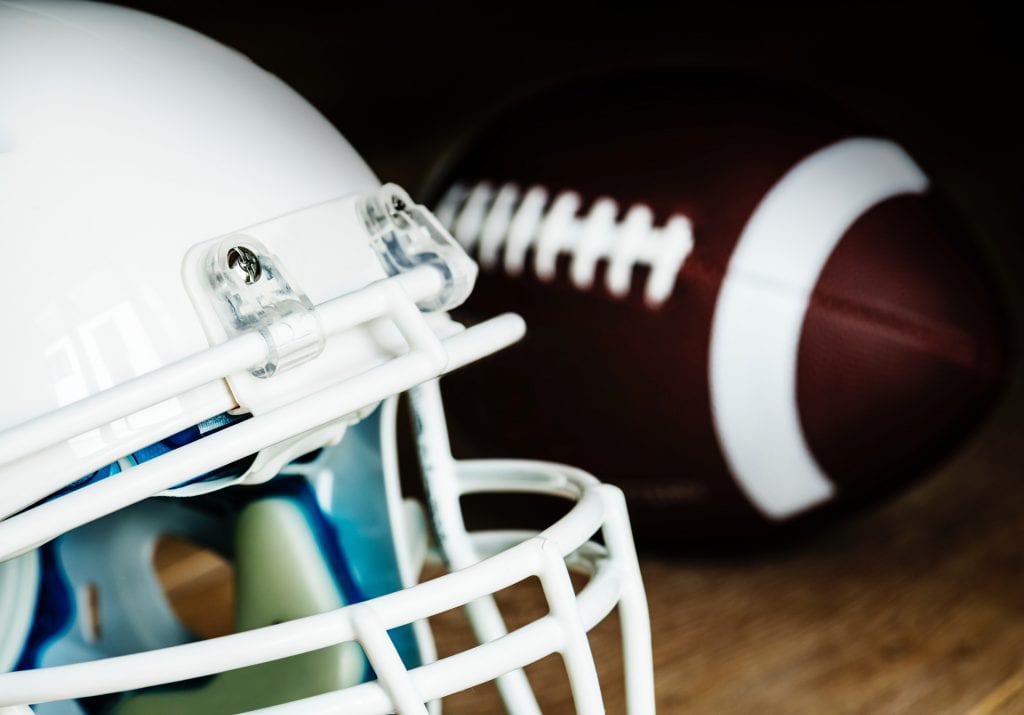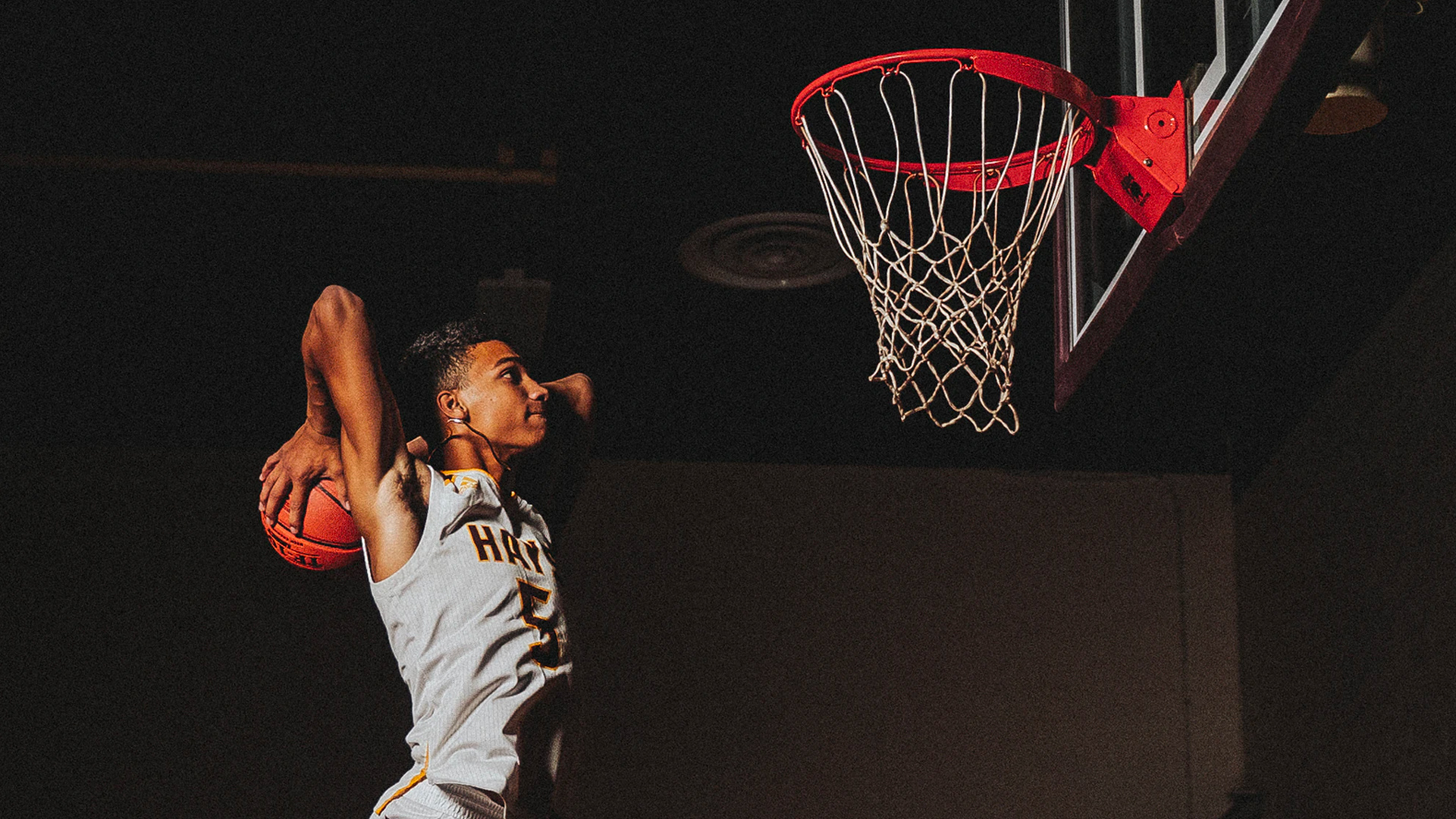If you’re like me, you’ve recently held your first (or fourth) 2018 fantasy football draft with the new NFL season kicking off in a few. short. hours. As I was prepping for my draft, I also got to thinking about the state of fantasy sports in the U.S., if they’re actually as “popular” as they seem, and what the current demos of this highly engaged, relatively easy to target, audience look like. Here’s what I found (courtesy of the Fantasy Sports Trade Association and Nielsen).

• Overall participation in fantasy sports in the U.S. has enjoyed steady growth the past several years, from 8.3 million in 2012 to 15.6 million in 2017 (equating to 6.2 percent of general adult population last year). This increase has no doubt been aided by both the rise of daily fantasy sports games, as well as the growing number of apps that allow participants to play on the go, pretty much anytime and anywhere
• Professional football makes up the largest portion of fantasy sports players – and has also experienced the biggest growth, from 7.4 million in 2012 to 12.5 million in 2017
• Overall, fantasy participation is 29 percent female while 42 percent of pro football fans who play fantasy football are men ages 18-34
And this audience is an incredibly attractive one to sponsors and advertisers. Some more “by-the-numbers” information:
• Professional football fans who play fantasy football earn higher average incomes than the general population, in fact 67 percent are more likely to have a household income of $250,000 or more
• 84 percent hold a draft party and over 90 percent of players buy food and/or alcohol for the party
• 40 percent have had frozen pizza and 63 percent have eaten chips, pretzels or popcorn within the past seven days
• 74 percent consider beer their favorite adult beverage, while 66 percent drink liquor
• And, they are 195 percent more likely to have visited a sports bar in the past 30 days
At the same time, while they like to socialize (and perhaps indulge a bit), they are in fact health conscious and are 57 percent more likely than the general population to belong to a gym.
So, if you’re looking to market your goods or services to an affluent audience in the 18-34 age range that possesses an affinity for the most popular sport in America, it’s worth considering a partnership with a leading fantasy sports platforms that offers influencer, advertising and sponsorship opportunities to engage with this valuable demographic.



